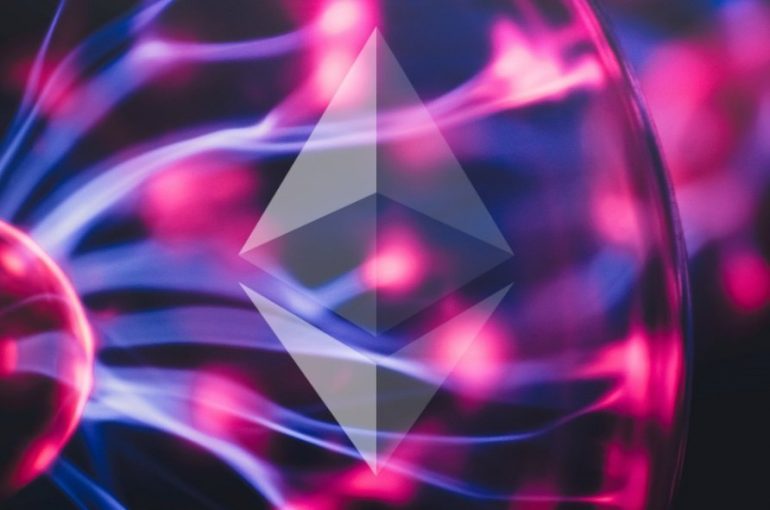It was announced a few days ago that a consortium of projects that are using the Ethereum network such as OmiseGo, Golem, Raiden, and Cosmos have gotten together to give back to the network. This is not only a generous token of partnership, but has potentially big ramifications for improving the speed and scalability of ethereum.
All of the projects mentioned above are obviously, by market cap, in a strong position to make this investment into the technology that underpins their companies. However this does not make the investment any less significant.
It is not clear at this stage how exactly the money will be allocated, however the obvious current talking point is ethereum’s need to improve transaction capability. Scalability is something that Vitalik Buterin has been very vocal about in recent times.
On September 18, 2017 Buterin said that Ethereum will Visa in scale within “a couple of years”, but more recently has publically started to speak about how the developers are planning to achieve this in practical terms.
Sharding
One possible technical change to the protocol is called “sharding.” Sharding is the breaking down of the primary blockchain of a network, into smaller interconnected blockchains which will be known as the ‘shards.’
“You can think of [sharding] as, in a fairly simple version, creating a blockchain where you have, let’s say, a hundred different universes, and each of these universes is a different account space,” said Buterin.
“But these kind of 100 universes are not just separate blockchains; they are systems that are also interconnected with each other,” continued Buterin.
“Particularly, they share consensus. So in order to break even one of them, you have to break the whole thing.”
As is stands today ethereum transactions must be validated by every node in the system. This is an incredibly safe, but slow way to reach consensus. Moving forward Buterin has stated that a system of consensus known as “quadratic scalability” will only validate certain shards, and act a light client for others.
Plasma
This is an upgrade to the smart-contract system, which will undoubtedly be beneficial, as it will allow infinite child-blockchains to be created underneath the parent blockchain. This means the network will get the benefit of faster and cheaper transaction speeds.
Off-chain transactions are basically transactions that are agreed to in principle, have been recorded by the blockchain, but have not been yet been confirmed.
Essentially a debt mechanism or recept of purchase, in that the coins have not changed addresses, yet the ownership has changed.
Ethereum will have its own off-chain network called “the Raiden Network”, which is basically the equivalent of bitcoin’s “the Lightning Network.”
Again what this means is that the central blockchain will only be used for settlements of transactions, not as a global notary for all transactions.
Overview
This note serves as an overview of two large pieces of news happening within the ethereum network; notably the grant and plans to improve scalability.
While exact details of each are scarce on the ground right now, it is undoubtedly an exciting time for ethereum as the core developer’s look to take the next quantum step towards solving global scalability using decentralised blockchains.

